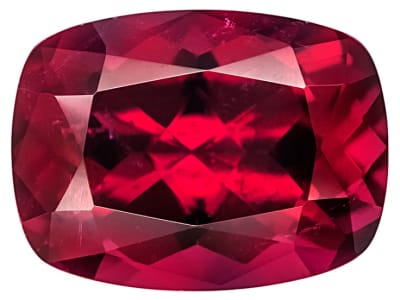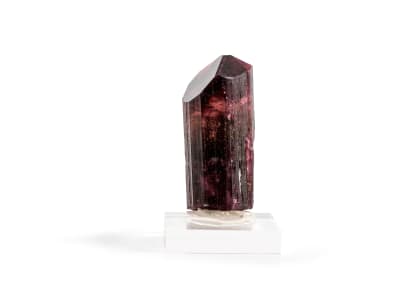One of the most desirable of all tourmaline varieties, rubellite is the pink to red variety of elbaite tourmaline, but crystals may also include brownish, orangey or purplish hues. Stones that exhibit pure red or slightly purplish red color are considered the most valuable. With the exception of ruby and red spinel, rubellite is the only other gem known to occur in such a rich, dark red color. Incredibly scarce, with 'eye clean' material even rarer, rubellite is one of those special gems that demands a place in your gemstone collection!
General Information
Tolerance:(+0.011/-0.009)
LWUV: Inert to weak red to violet
Rubellite Colors
-
 Pink
Pink -
 Pink
Pink -
 Red
Red
Countries of Origin
Afghanistan; Russian Federation; Mozambique; Unknown; China; Brazil; Madagascar; Zambia; Nigeria; Thailand; India
Care
Untreated, heated or irradiated stones just need normal care. Avoid temperature changes, steaming, chemicals, and ultrasonic cleaners in dyed, oiled or resin filled stones.


